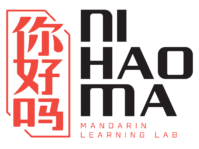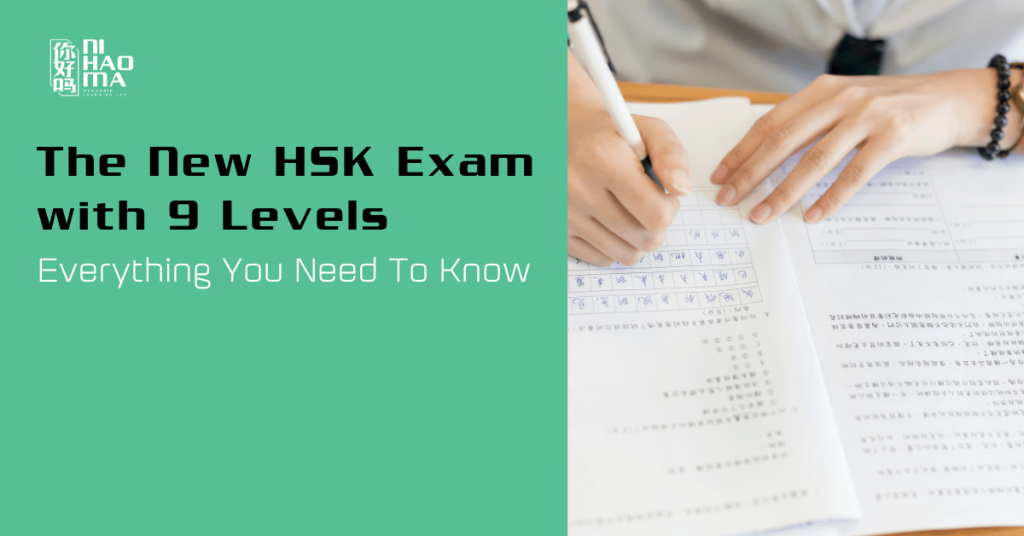Through your interest in learning the Chinese language or improving your proficiency, you may have come across the term HSK or the Hanyu Shuiping Kaoshi; the standardized test for non-native Chinese speakers to assess language skills and mastery. What does the HSK exam involve? Let’s delve into the details of what HSK is and why you should consider taking this exam.
What is HSK?
The HSK (Hanyu Shuiping Kaoshi) is an international standardized test for non-native speakers of Chinese, developed and administered by the Hanban/Confucius Institute Headquarters, a non-profit organization authorized by the Chinese Ministry of Education.
Why HSK?
It is the most widely recognized and accepted test for Chinese proficiency. It is recognized worldwide as the standard for measuring Chinese language proficiency, and it’s designed to assess one’s proficiency in the Chinese language, similar to how TOEFL, IELTS, and Cambridge exams evaluate English language skills. The HSK exam assesses learners’ abilities in listening, reading, speaking, and writing, giving them a comprehensive evaluation of their Chinese language skills. Certifications from HSK are recognized by many universities, employers, and governments around the world. This means that by passing the HSK exam, you can prove your Chinese language abilities to potential employers or universities, giving you an edge in your career or academic pursuits.
How is the HSK exam structured?
The HSK exam has six levels, with Level 1 being the most basic and Level 6 being the most advanced. Each level has a different requirement for vocabulary, grammar, and sentence patterns. When you take the HSK, you know exactly what level of proficiency you have achieved. But what exactly will you learn at each level? Let’s take a look.

| Level | Description |
| HSK 1 | Understand simple Chinese characters and sentences. |
| HSK 2 | Use basic Chinese in their daily lives. |
| HSK 3 | Use Chinese in their personal lives, studies and work, and communicate most tasks they experience. |
| HSK 4 | Discuss a wide range of topics in Chinese and communicate with Chinese speakers at a high standard. |
| HSK 5 | Read Chinese news and watch movies, as well as write and deliver a speech in Chinese. |
| HSK 6 | Understand any information communicated and smoothly express themselves in written or oral form. |
How does HSK compare to the CEFR?
As the popularity of learning Chinese continues to rise, so does the importance of understanding the HSK and its relation to the Common European Framework of Reference for Languages (CEFR). The AHSK exams have been mapped onto the CEFR levels, making it easier for individuals and institutions to evaluate and compare Chinese language proficiency. Let’s take a closer look at how the two align.

What is the CEFR?
It is a standardized system used to measure an individual’s language proficiency in different languages, including Chinese. The CEFR has six levels, from A1 (beginner) to C2 (advanced). The CEFR aims to create a global standard for language proficiency assessment, making it easier for individuals and institutions to compare language skills across different languages. Keep in mind, that the CEFR is not specific to the Chinese language, whereas the HSK is exclusively for measuring Chinese proficiency.
Beginner Level Fluency
HSK Level 1 and 2 exams correspond to the CEFR Level A1/A2. Levels 1 and 2 focus on simple vocabulary and grammar knowledge. Learners should have a basic understanding of 150 and 300 Chinese characters, respectively.
Intermediate Level Fluency
HSK Level 3 exam corresponds to the CEFR Level B1. This level is for individuals who can engage in basic communication in everyday situations. At Level 3, learners are likely to have a vocabulary of 600 Chinese characters and be able to communicate in basic daily situations.
The level 4 exam corresponds to the CEFR Level B2. This level is for individuals who have a good grasp of the Chinese language and can communicate effectively in a wide range of topics. Level 4 delves into more complex sentence structures and idiomatic expressions,
Advanced Level Fluency
HSK Level 5 exam corresponds to the CEFR Level C1. This level is for advanced Chinese learners who deeply understand the language and can use it in both academic and professional settings. At Level 5, the exam focuses on developing critical thinking skills and the ability to express ideas clearly.
Lastly, the HSK Level 6 exam corresponds to the CEFR Level C2. This level is for highly proficient Chinese speakers with a near-native level of mastery of the language. You should also possess a vocabulary of over 5,000 characters and the ability to discuss a wide range of topics fluently.
How complicated is the HSK exam, and when will I be able to have a conversation?
In terms of difficulty and format, the HSK exams vary in complexity. The HSK 1 exam requires an average of 50 hours of practice. Whereas the HSK 4 requires an average of 60 hours. Similar to the Cambridge assessments, the HSK exams consist of listening, reading, and writing sections. They offer at six different levels, similar to the CEFR. Each section has specific time, and the certification has no expiration date.
Now you may be asking at which level you can communicate in everyday situations. Depending on a person’s progress and learning style, it is better to aim for at least Level 3 to have basic communication abilities and Level 5 for more advanced conversations.
What can I do with the HSK certification?
The certification opens up opportunities for scholarships, internships, academic exchanges, and career advancement in Chinese-speaking countries. It also serves as proof of your language proficiency, giving you a competitive edge in today’s global job market.
“Case studies from Student”
Independent or Guided Learning?
While it is possible to study on your own, you should enroll in a reputable Chinese language course, preferably with experienced native teachers who can guide you through the process. HSK tests not only your language proficiency but also your test-taking skills, which you can learn best through practice and guidance.
Here at NiHaoMa Mandarin Learning Lab, our experienced native Chinese teachers prepare students of all ages for the HSK exams. Through interactive teaching methods and state-of-the-art technology, our HSK program integrates Chinese culture and language for an engaging and stimulating guided path toward Chinese language mastery.
If you want to explore more about mastering the Chinese language and reaping its benefits, consider taking our HSK preparation courses.



